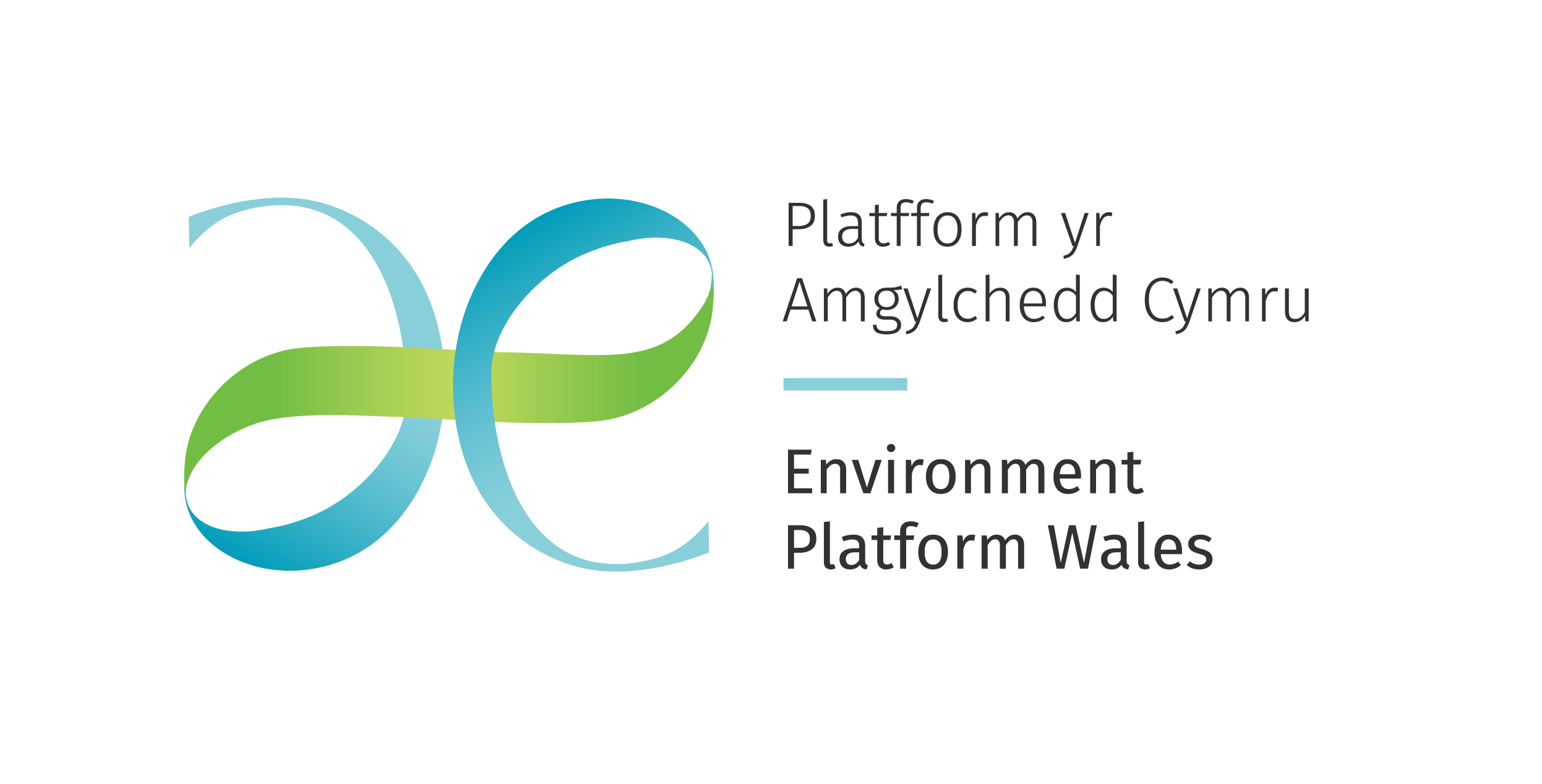
Os ydych chi’n ceisio cyflwyno pwnc traethawd hir sy’n cael effaith, gyda pherthnasedd uniongyrchol i lunwyr polisi amgylcheddol neu, yn syml yn chwilio am ysbrydoliaeth ar gyfer eich prosiect blwyddyn olaf, gallwch chwilio am syniadau isod.
Gallwch chwilio’r cwestiynau ymchwil sydd wedi’u cyflwyno’n uniongyrchol atom, neu bori casgliadau eraill o syniadau ymchwil gan sefydliadau partner fel Cyfoeth Naturiol Cymru a Hinsawdd Cymru. Rydym yn dal i ychwanegu allweddeiriau perthnasol at y data, felly rhowch gynnig ar derm chwilio gwahanol os nad oes dim yn codi neu cysylltwch â ni i gael cymorth wrth chwilio’r gronfa ddata.
Os dewch o hyd i gwestiwn perthnasol ac yn penderfynu mynd i’r afael ag ef trwy eich traethawd hir, byddem wrth ein bodd yn gwybod amdano. Llenwch y ffurflen sydd i’w chael yma.
[Enter keyword and press ‘search’ or the return key]
.
How does biodiversity in new woodlands in the Uplands compare with that in ancient woodlands in the Uplands? Where there are differences, what are the drivers?
Summary of the Research Question / Evidence Need:
The biodiversity distinction between ancient and secondary woodland has long been recognised, though much of this is based on evidence from lowland woods and is less clear in upland and Atlantic areas. The ability of secondary woodland in upland areas to assimilate and restore ancient woodland biota is dependent on many factors for example landuse history, proximity to ancient woodland, age of planting or regeneration. To design better woodlands for the future, evidence of the the relative importance of these factors is required.
Keywords (discipline, other): Mountains, moorland, and heath
Woodland
Ecosystem resilience
Biodiversity
Website/URL links: https://naturalresources.wales/evidence-and-data/research-and-reports/state-of-natural-resources-report-sonarr-for-wales-2020/evidence-needs-table/?lang=en
Looking for collaborators: n/a External Partner: Y Organisation: Natural Resources Wales
Contact Details
Name: n/a n/a Email Address: Phone: NA
________________________________________________________________________________
How does habitat loss affect fish populations?
Summary of the Research Question / Evidence Need:
For more, and updated information, please visit https://naturalresources.wales/evidence-and-data/research-and-reports/marine-biodiversity-collaborative-research-priorities/?lang=en
Keywords (discipline, other): Fish populations, Habitat loss, Environmental impact, Conservation
Website/URL links: https://naturalresources.wales/evidence-and-data/research-and-reports/marine-biodiversity-collaborative-research-priorities/?lang=en
Looking for collaborators: Yes External Partner: Yes Organisation: Natural Resources Wales
Contact Details
Name: Email Address: Phone: NA
________________________________________________________________________________
How does habitat loss impact marine mammals at the population level?
Summary of the Research Question / Evidence Need:
The population consequences of habitat loss are poorly understood. Current population prediction models concern disturbance only, rather than actual loss caused by, for example, permanent displacement or habitat removal from sea wall construction (e.g. tidal lagoons). A modelling framework is required to predict effects on populations.
For more, and updated information, please visit https://naturalresources.wales/evidence-and-data/research-and-reports/marine-biodiversity-collaborative-research-priorities/?lang=en
Keywords (discipline, other): Marine mammals, Habitat loss, Population impact, Conservation
Website/URL links: https://naturalresources.wales/evidence-and-data/research-and-reports/marine-biodiversity-collaborative-research-priorities/?lang=en
Looking for collaborators: Yes External Partner: Yes Organisation: Natural Resources Wales
Contact Details
Name: Dr Kirsten Ramsay Email Address: marinecoastalevidence@naturalresourceswales.gov.uk Phone: NA
________________________________________________________________________________
How does meat reared on semi-natural grasslands vary in terms of quality, taste and health benefits compared to that from intensively managed grassland?
Summary of the Research Question / Evidence Need:
Meat produced from semi-natural grasslands has a higher nutrient content and lower fat levels than that produced from agriculturally improved grasslands, but lower levels of protein and energy. However, more research is needed, particularly with regard to health benefits and taste.
Keywords (discipline, other): Semi-natural grassland
Enclosed farmland
Website/URL links: https://naturalresources.wales/evidence-and-data/research-and-reports/state-of-natural-resources-report-sonarr-for-wales-2020/evidence-needs-table/?lang=en
Looking for collaborators: n/a External Partner: Y Organisation: Natural Resources Wales
Contact Details
Name: n/a n/a Email Address: Phone: NA
________________________________________________________________________________
How does soil management practices contribute to nature based solutions?
Summary of the Research Question / Evidence Need:
To help inform future sustainable land management pratices in future
Keywords (discipline, other): Land use, soil management, sustainable management, nature based solutions, nature-based, agriculture
Website/URL links: https://naturalresources.wales/evidence-and-data/research-and-reports/state-of-natural-resources-report-sonarr-for-wales-2020/evidence-needs-table/?lang=en
Looking for collaborators: No External Partner: Yes Organisation: Natural Resources Wales
Contact Details
Name: Email Address: Phone: NA
________________________________________________________________________________
How effective are noise abatement methods in Welsh waters?
Summary of the Research Question / Evidence Need:
It is likely that noisy activities such as piling for offshore wind, and detonation of unexploded ordnance, may cause adverse effects, especially for marine mammals and fish. Noise abatement methods, such as bubble curtains, to reduce noise at source or reduce how far the noise is able to propagate, have been demonstrated to reduce the noise impact. However, there is no information on how these techniques might perform under the hydrographical conditions in Welsh waters, such as deep water or strong tidal areas. This project ideally should include lab studies (testing resonant bubbles), field studies (bubble curtains for UXOs) and a desk review.
Next steps and progress: This topic is currently being investigated in a Defra project which NRW is on the steering group for. Once outputs are complete, NRW may seek funding for a project that will address potential gaps and / or build on these outputs.
Keywords (discipline, other): Marine evidence, noise abatement methods, piling, offshore wind, adverse effects, marine mammals, fish, bubble curtain, noise, hydrographical conditions, tidal, lab, field, desk review
Website/URL links: https://naturalresources.wales/evidence-and-data/research-and-reports/marine-biodiversity-collaborative-research-priorities/?lang=en
Looking for collaborators: Yes External Partner: Yes Organisation: Natural Resources Wales
Contact Details
Name: Dr Kirsten Ramsay Email Address: kirsten.ramsay@cyfoethnaturiolcymru.gov.uk Phone: NA
________________________________________________________________________________
How effective are noise abatement methods in Welsh waters?,
Summary of the Research Question / Evidence Need:
For more, and updated information, please visit https://naturalresources.wales/evidence-and-data/research-and-reports/marine-biodiversity-collaborative-research-priorities/?lang=en
Keywords (discipline, other): Effectiveness of noise abatement methods in Welsh waters,”Noise abatement, Marine mammals, Welsh waters, Environmental management”,
Website/URL links: https://naturalresources.wales/evidence-and-data/research-and-reports/marine-biodiversity-collaborative-research-priorities/?lang=en
Looking for collaborators: Yes External Partner: Yes Organisation: Natural Resources Wales
Contact Details
Name: Email Address: marinecoastalevidence@naturalresourceswales.gov.uk Phone: NA
________________________________________________________________________________
How feasible and/or effective would it be to remove or modify existing structures in estuarine and coastal Heavily Modified Water Bodies?
Summary of the Research Question / Evidence Need:
The project would investigate the feasibility of removal or modification of existing structures in Heavily Modified Water Bodies. This would include: removal of obsolete structures linked to flood protection, coast protection, navigation ports and harbours; removal of hard bank reinforcement or replacement with soft engineering solutions; modification of existing structures.
This includes consideration of measures which may address hydromorphological pressures in Heavily Modified Water Bodies, measures which would support coastal adaptation or implementation of nature-based solutions, and importantly consider the costs and benefits of those measures to help inform business cases/cost-benefit analysis to determine what can be delivered.
Next steps and progress: NRW in house work to scope out the project and consider mitigation measures.
Keywords (discipline, other): Engineering, Marine science, removal, structures, estuarine and coastal Heavily Modified Water Bodies, hard bank reinforcement, soft engineering solutions, modification, hydromorphological pressure, cost-benefit analysis, nature-based solutions, mitigation
Website/URL links: https://naturalresources.wales/evidence-and-data/research-and-reports/marine-biodiversity-collaborative-research-priorities/?lang=en
Looking for collaborators: Yes External Partner: Yes Organisation: Natural Resources Wales
Contact Details
Name: Dr Kirsten Ramsay Email Address: kirsten.ramsay@cyfoethnaturiolcymru.gov.uk Phone: NA
________________________________________________________________________________
How has land use and land management systems changed in Wales and what is the impact on soils?
Summary of the Research Question / Evidence Need:
Soil condition is mostly a function of the management system in place and so any changes to land use and land management systems need to be monitored. In adition, a better understanding and monitoring of shared land uses where primary use is for woodland or agriculture but also may support renewable energy development for example would be useful.
Keywords (discipline, other): Land use and soil
Woodland
Mountains, moorland, and heath
Coastal margins
Urban
Semi-natural grassland
Enclosed farmland
Energy
Website/URL links: https://naturalresources.wales/evidence-and-data/research-and-reports/state-of-natural-resources-report-sonarr-for-wales-2020/evidence-needs-table/?lang=en
Looking for collaborators: n/a External Partner: Y Organisation: Natural Resources Wales
Contact Details
Name: n/a n/a Email Address: Phone: NA
________________________________________________________________________________
How has the condition of SSSI features, habitats and species, in Wales changed since the last rapid review in 2006?
Summary of the Research Question / Evidence Need:
Ecosystem resilience evidence needs encompass several needs from the other ecosystem and theme chapters.
Keywords (discipline, other): Ecosystem Resilience
Woodland
Marine
Mountains, moorland, and heath
Freshwater
Coastal margins
Urban
Semi-natural grassland
Enclosed farmland
Biodiversity
Website/URL links: https://naturalresources.wales/evidence-and-data/research-and-reports/state-of-natural-resources-report-sonarr-for-wales-2020/evidence-needs-table/?lang=en
Looking for collaborators: n/a External Partner: Y Organisation: Natural Resources Wales
Contact Details
Name: n/a n/a Email Address: Phone: NA
________________________________________________________________________________




